Manuel de Falla, born on November 23, 1876, in Cádiz, Spain, is hailed as one of the most significant composers of the 20th century. Renowned for his profound contributions to Spanish music, Falla’s compositions reflect a fusion of folkloric traditions, classical influences, and a deep connection to the cultural heritage of Spain. This blog delves into the captivating biography of Manuel de Falla, exploring the life of the composer who created musical alchemy that resonates through the ages.
Early Life and Musical Education:
Manuel María de los Dolores Falla y Matheu, to give him his full name, was born into a musical family. From an early age, he displayed a keen interest in music, learning to play the piano with his mother and later receiving formal instruction at the Royal Conservatory of Music in Madrid. Falla’s early exposure to the vibrant rhythms and melodies of Andalusian folk music laid the groundwork for his lifelong fascination with Spain’s rich musical heritage.
In 1905, Falla embarked on a pilgrimage to Paris, a city that served as a thriving hub for artistic innovation. There, he came under the influence of contemporary French composers, absorbing the impressionist and avant-garde elements that would later inform his own compositions.
Return to Spain and Folkloric Exploration:
Following his time in Paris, Falla returned to Spain, where he sought to delve deeper into the country’s folk traditions. His travels through Andalusia, Castile, and other regions provided him with firsthand exposure to the diverse musical tapestry of Spain. This period of exploration deeply influenced his artistic sensibilities, as he began incorporating folkloric elements into his compositions, creating a distinct Spanish musical language.
Falla’s fascination with the folk traditions of Spain is evident in works like “Noches en los Jardines de España” (Nights in the Gardens of Spain), which captures the essence of Spanish landscapes through its evocative orchestration and nuanced use of traditional melodies.
Collaboration with Federico García Lorca:
The early 20th century witnessed a collaboration that would become central to Manuel de Falla’s career – his partnership with the renowned poet and playwright Federico García Lorca. The collaboration resulted in the creation of “El Amor Brujo” (Love, the Magician) in 1915, a ballet with a flamenco-infused score that vividly brought Lorca’s poetic vision to life. The piece, with its haunting melodies and rhythmic intensity, established Falla as a leading figure in Spain’s musical renaissance.
In the years that followed, Falla continued his collaboration with Lorca, producing works like “El Retablo de Maese Pedro” (Master Peter’s Puppet Show), a puppet opera that showcased Falla’s inventive use of instrumentation and deep connection to Spanish literary and cultural traditions.
“El Sombrero de Tres Picos” and International Recognition:
One of Manuel de Falla’s most celebrated compositions is the ballet “El Sombrero de Tres Picos” (The Three-Cornered Hat), commissioned by the Russian impresario Serge Diaghilev. Premiered in London in 1919, the ballet’s success catapulted Falla to international acclaim. The lively score, infused with Spanish folk motifs, captivated audiences and established Falla as a leading voice in the global classical music scene.
Falla’s international recognition continued to grow, and his works were performed by major orchestras and ensembles across Europe and the Americas. His ability to weave together classical forms with authentic Spanish idioms marked him as a distinctive and influential composer.
Exile in Argentina:
In 1939, as the Spanish Civil War unfolded, Manuel de Falla, a staunch republican, went into self-imposed exile in Argentina. This period was marked by personal and political upheaval, as Falla distanced himself from the Franco regime in Spain. Despite the challenges of exile, he continued to compose, and his works from this period, such as “Atlántida” and “Suite Popular Española,” reflected his enduring commitment to the musical traditions of his homeland.
Return to Spain and Final Years:
Manuel de Falla returned to Spain in 1947, after the conclusion of World War II and the end of the Franco regime. During his final years, he settled in Alta Gracia, a town in the mountains of Córdoba. There, he focused on chamber music, creating intimate compositions that showcased a more introspective and mature aspect of his artistic expression.
Falla’s later works, such as the “Harpsichord Concerto,” reveal a synthesis of his earlier explorations and a deepening engagement with classical forms. Despite health challenges, he continued to compose until his death on November 14, 1946, leaving behind a legacy that would continue to influence generations of musicians.
Legacy and Influence:
Manuel de Falla’s legacy endures as a cornerstone of Spanish classical music. His innovative fusion of folk traditions with classical forms created a unique and enduring musical language that resonates with audiences worldwide. Falla’s influence extends beyond the concert hall; his impact on subsequent generations of Spanish composers, including Joaquín Rodrigo and Xavier Montsalvatge, is profound.
Falla’s legacy is also preserved through institutions such as the Manuel de Falla Foundation, which seeks to promote and preserve his work. His compositions remain staples of classical repertoires, with performances and recordings ensuring that his contributions to Spanish music continue to be celebrated.
Conclusion:
Manuel de Falla’s biography is a narrative of musical alchemy, a journey that wove the rich tapestry of Spain’s folk traditions into the fabric of classical composition. From the Andalusian rhythms of his youth to the international acclaim of his later works, Falla’s life is a testament to the enduring power of artistic exploration and cultural identity. As a composer who sought to capture the essence of Spain in his music, Manuel de Falla stands as a luminary figure whose work resonates with the soul of his homeland and the hearts of music lovers around the world.
.- Youtube Feature Video: Manuel de Falla: Ritual Fire Dance Link here.


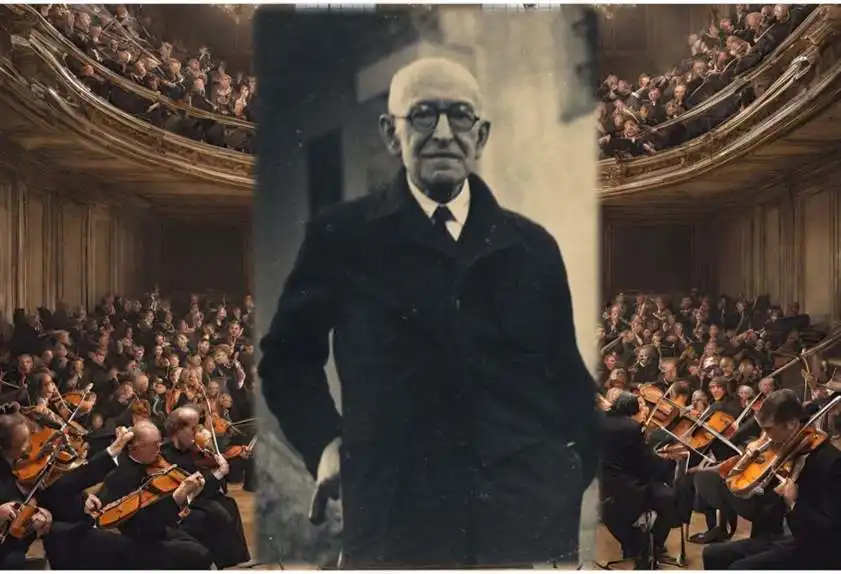
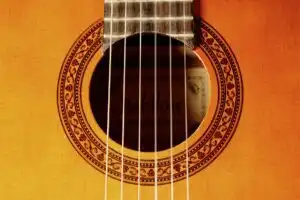
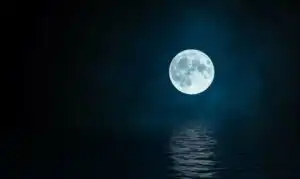
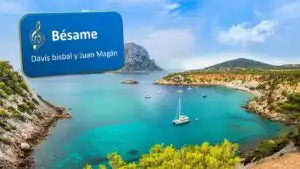

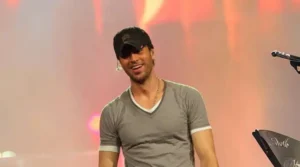
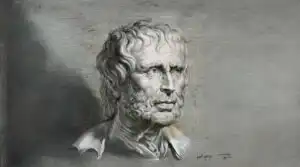


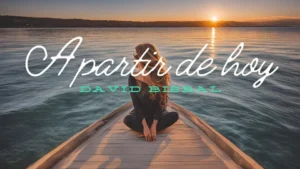
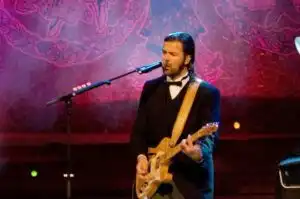
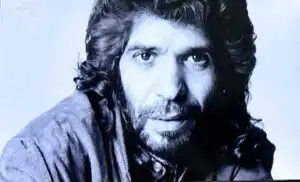
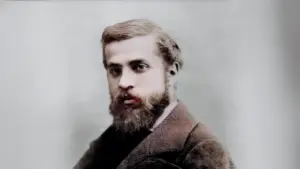
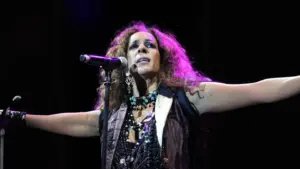
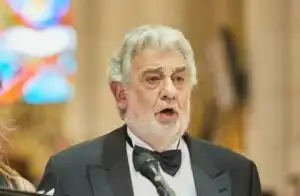
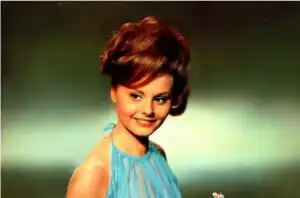
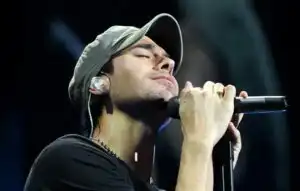
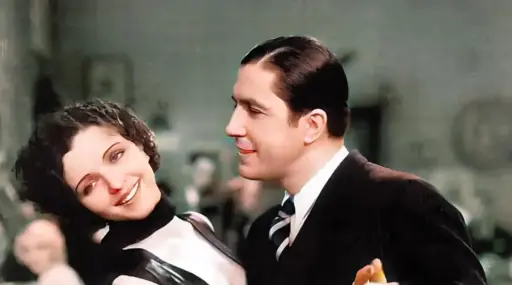

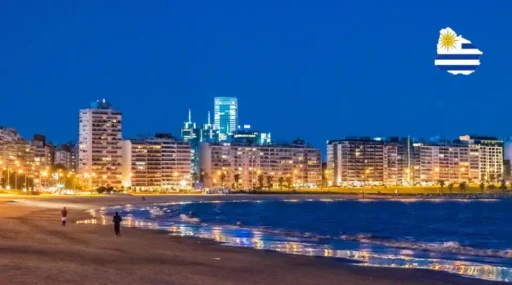

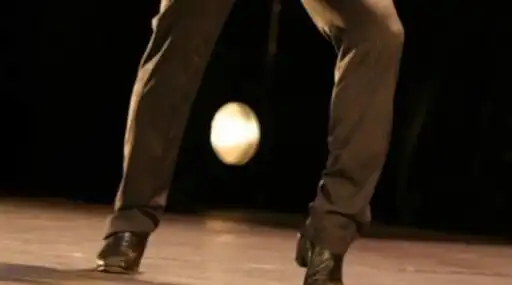





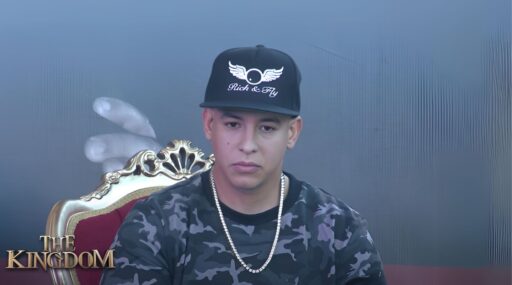
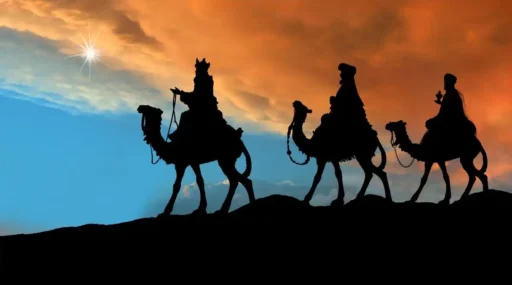
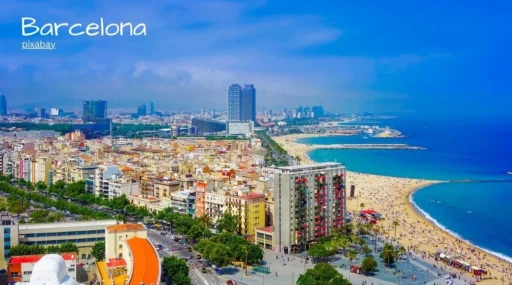
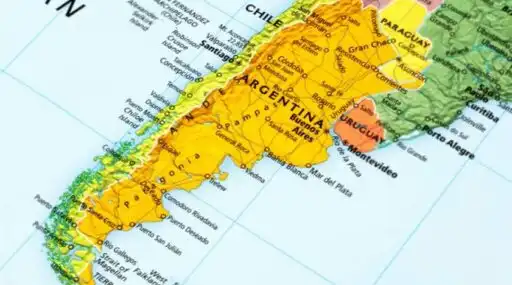
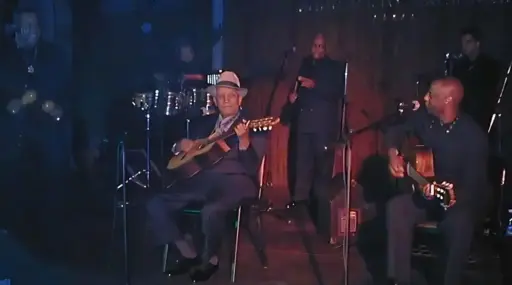
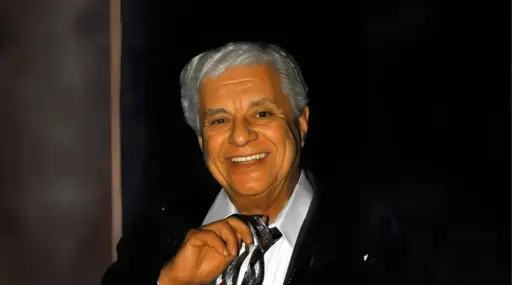
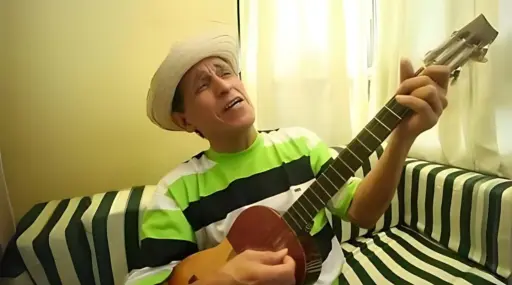
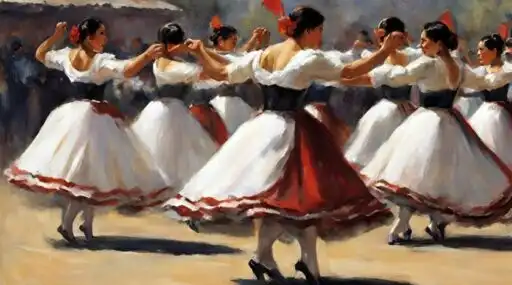
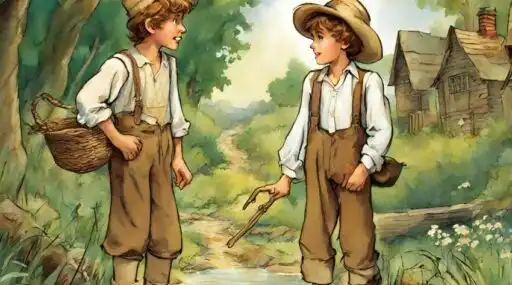
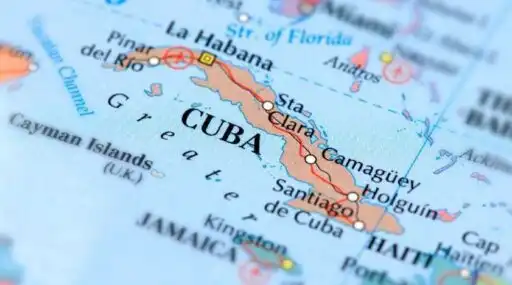
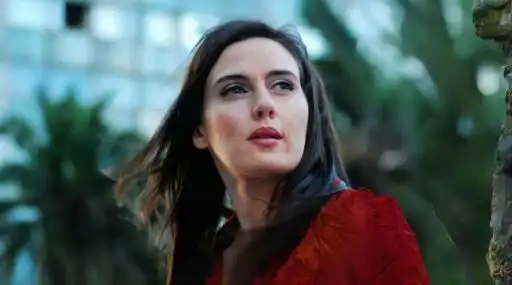
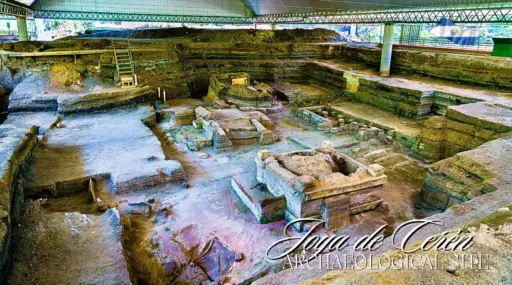
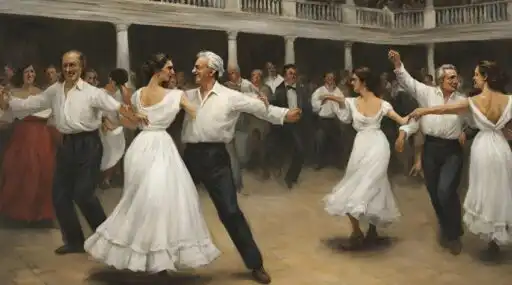

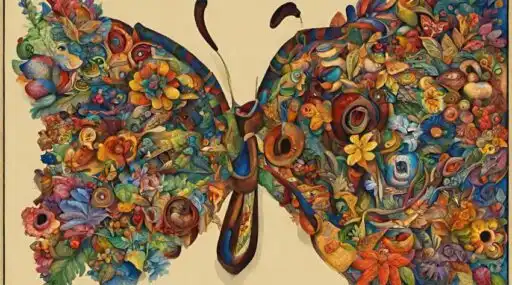

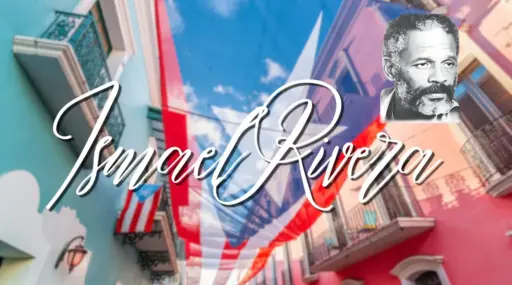

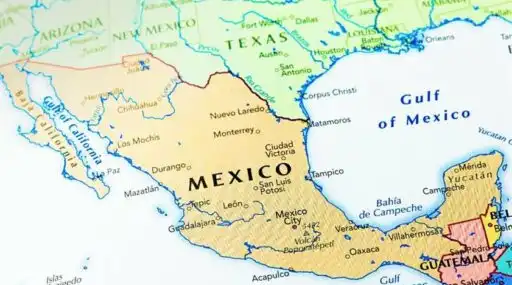
Leave a Reply